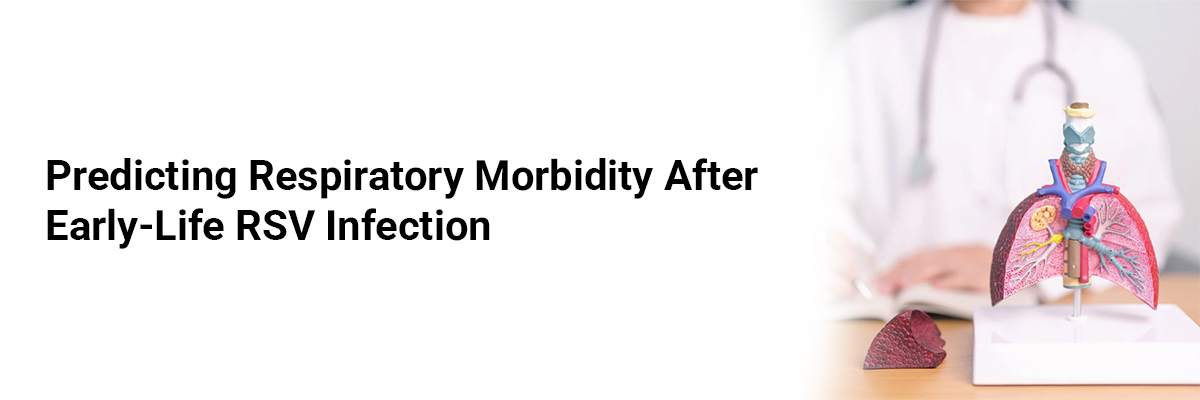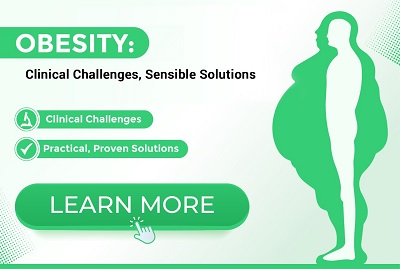
Predicting Respiratory Morbidity after Early-Life RSV Infection
Lower gestational age and younger age at first respiratory syncytial virus (RSV) infection are strongly associated with an increased risk of subsequent respiratory morbidity, according to a study published in Open Forum Infectious Diseases. The research also found that maternal history of asthma and low socioeconomic status were significant predictors of later respiratory illness.
The study utilized a whole-of-population birth cohort of 252,287 children born in Western Australia between 2000 and 2009, with follow-up data available through the end of 2012. Using probabilistic linkage, researchers examined associations between various risk factors and the first episode of asthma, wheezing, or unspecified acute lower respiratory tract infection occurring after the age of two. The study also explored prenatal and sociodemographic factors linked to respiratory conditions requiring secondary care in children who had confirmed RSV infection during the first two years of life.
A total of 4,151 children with laboratory-confirmed RSV infection before age two were included in the analysis.
The highest incidence of subsequent respiratory morbidity occurred in children aged 2 to <4 years, with a rate of 41.8 per 1,000 child-years. The risk of respiratory morbidity was also influenced by the age at which RSV infection first occurred:
- 6 to <12 months: 23.6 per 1,000 child-years
- 12 to <24 months: 22.4 per 1,000 child-years
Gestational age was a critical factor. Children born extremely preterm (<28 weeks) had the highest incidence of subsequent respiratory illness at 50.8 per 1,000 child-years.
The study identified the following key risk factors for respiratory morbidity following early-life RSV infection:
- Age at first RSV episode (6 to <12 months): adjusted hazard ratio (aHR) 1.42
- Extreme prematurity (<28 weeks): aHR 2.22
- Maternal history of asthma: aHR 1.33
- Low socioeconomic status: aHR 1.76
These findings suggest that RSV prevention strategies, including immunization efforts, should not be limited to preterm or very young infants. Instead, they should also encompass older children—particularly those aged 12 to <24 months—who remain at elevated risk for long-term respiratory complications.
Educating parents and caregivers about the importance of RSV prevention up to 24 months of age is essential to reducing the burden of future respiratory illness.
Source: Open Forum Infect Dis. 2023 Oct 2;10(10):ofad450. doi: 10.1093/ofid/ofad450.













Please login to comment on this article